SINGAPORE – More home-grown design firms are clinching deals overseas and working not only on interior designs but also on large-scale urban planning projects with foreign governments.
Every year, the national agency for design, DesignSingapore Council (DSG), exposes more local talent to the global stage through events such as Milan Design Week, Bangkok Design Week and Tokyo Creative Salon.
Take, for example, Keat Ong Design, which has completed more than 40 projects across China in the last 13 years.
Mr Keat Ong, founder of design firms Keat Ong Design and SCKD, says that confidence and perseverance is needed to push a concept through. Developers in China often believe that foreigners are not familiar with the local cultural context.
He is working on an urban planning project with the Chinese government in Yunnan province.
“Substantial research materials are a prerequisite, especially when dealing with high-level national development officials,” says Mr Ong, adding that there is no shortcut when venturing overseas.
“We are also not shy about breaking with tradition to come up with something totally radical. The human factor, such as face-to-face interactions and close collaboration with officials, plays a big part in convincing them of a ‘crazy’ idea.”
But not all overseas projects have commercial considerations.
Mr Rene Tan is an award-winning architect and co-founder of local design firm RT+Q Architects. He has been organising a travelling show of the late Swiss-French architect Le Corbusier’s works since 2021. He calls it a labour of love.
“I hope designers as well as non-designers see the encyclopaedic range of Le Corbusier’s works,” says Mr Tan.
“He was a creative genius who designed for virtually every form, material, function, purpose and clientele in a career that spanned two World Wars and five continents. His legacy has influenced modern architecture all over the world, including in Singapore.”
The Straits Times looks at the ground-breaking efforts of four home-grown designers.
Global travelling exhibition of Le Corbusier’s genius
Since 2021, architect Rene Tan and his team from RT+Q Architects have been involved in a massive project in the field of design education.

The Le Corbusier: Models global travelling exhibition is a showcase of 270 architectural models from the firm’s private collection.
The models, which are made mainly of recyclable thermoplastic polyester, are mounted on pedestals designed as flat-packed foldable structures made of honeycomb cardboard.
They are shipped around the world in five 1m by 1m crates, each weighing about 100kg, via land, air and sea transport. It takes four designers about five hours to set up the models.
The exhibition is endorsed by the Fondation Le Corbusier in Paris, a private foundation and archive honouring the work of the late architect.
Swiss-French architect and city planner Le Corbusier (1887-1965) was one of the earliest advocates of the “International Style” of architecture. The discipline dispenses with excessive ornamentation in favour of clean geometric forms with open, functional spaces.
His designs can be found worldwide and include celebrated works such as the Villa Savoye (1931) in Poissy, France, and the Chandigarh Capitol Complex in India (built from 1951 to 1963).
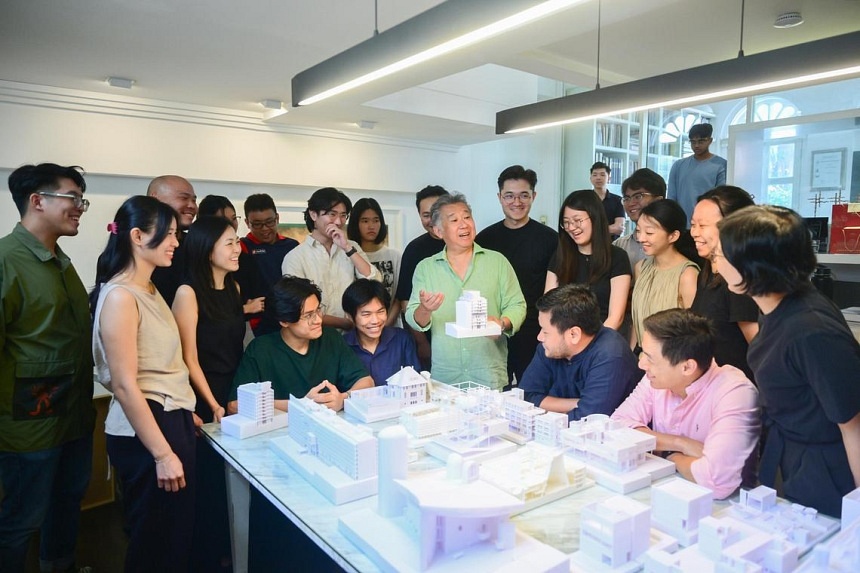
The first exhibition kicked off in Singapore in 2021, jointly hosted by the Alliance Francaise Singapour and the Singapore Institute of Architects.
It then went to Kuala Lumpur in 2022. So far, it has made 29 stops, including Hangzhou in China, Lisbon in Portugal and Toronto in Canada. It is targeting 55 cities in the next few years.
RT+Q Architects, which was founded by Mr Rene Tan and Mr T.K. Quek in 2003, has more than 270 scale models of Le Corbusier buildings.
Mr Tan says the idea began about 20 years ago. RT+Q interns traditionally spend their first week studying and building a model of a Le Corbusier project. The aim is to acquaint them with the designer’s diverse legacy.
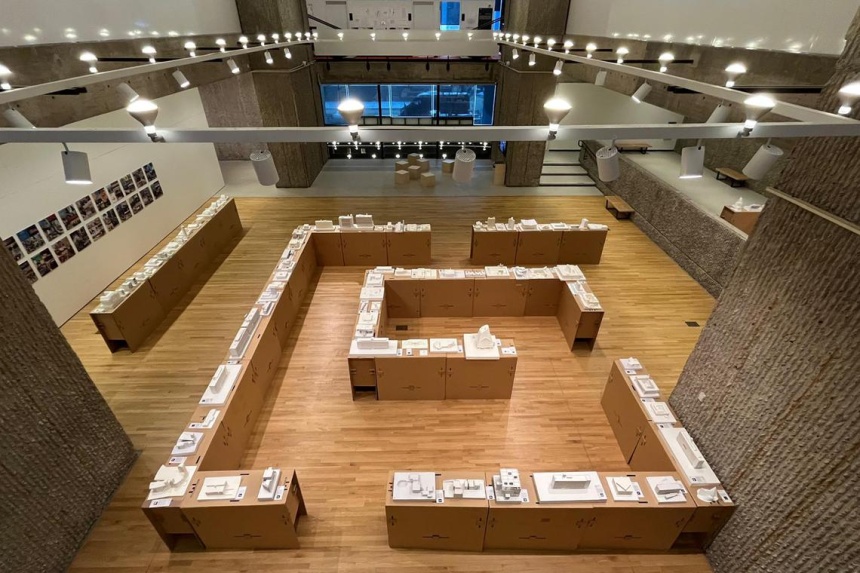
“Le Corbusier said there are ineffable attributes to his works, which are also magical and cathartic in the way they harness sculptural forms, light and details,” says Mr Tan, 60, who has a master’s degree in architecture from Princeton University.
In 2016, he was named Designer of the Year at the President’s Design Awards. His firm’s accolades include a Merit award for low-density housing by the Singapore Institute of Architects’ Architectural Design Awards 2023.
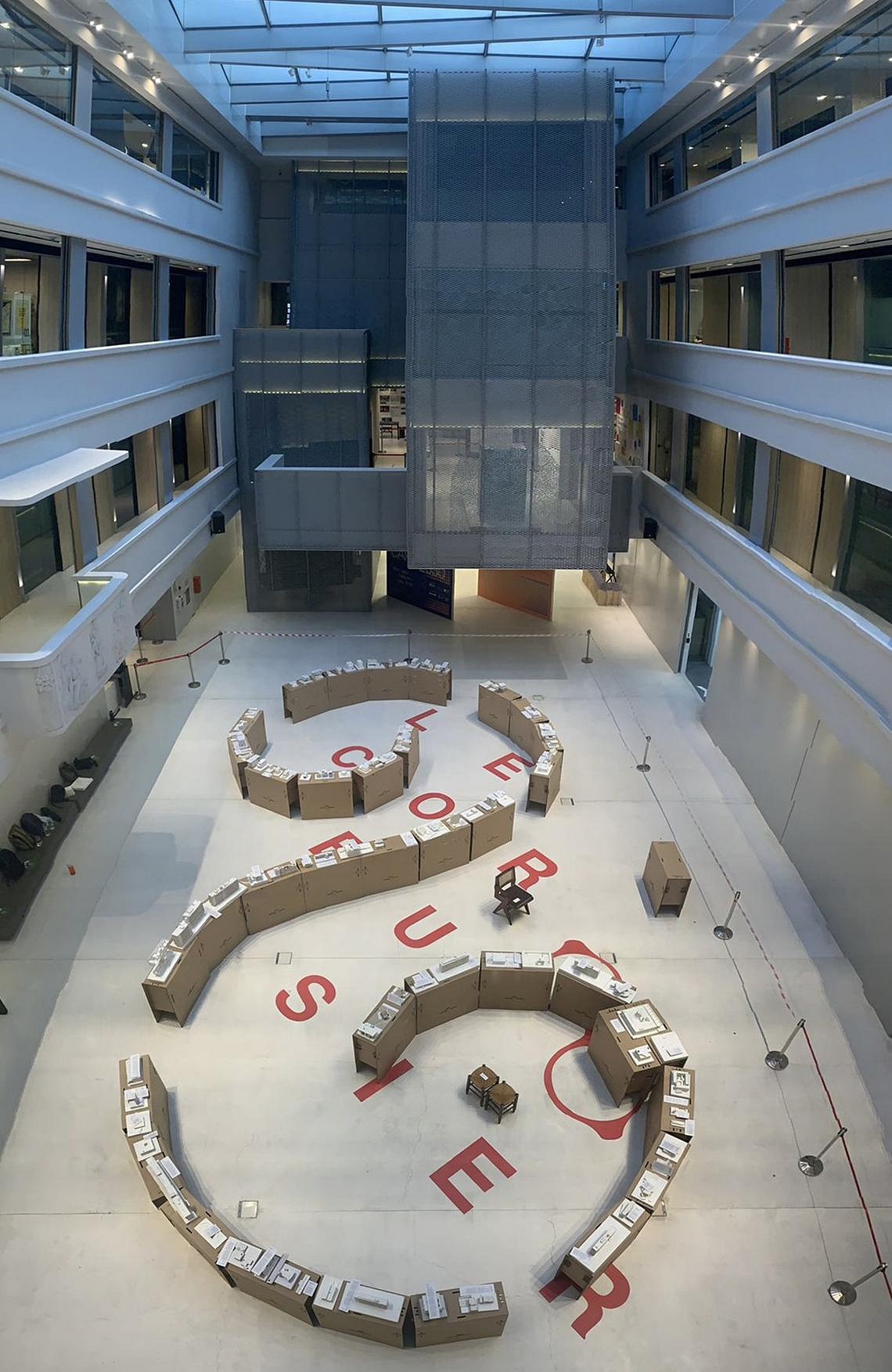
The firm offers the models free of charge worldwide to any institution who would like to host them.
While RT+Q does not charge fees or royalties, it asks the host in each city to organise and pay for shipping.

Two coordinators in Singapore keep track of the shipping, and every member of the RT+Q team acts as an “ambassador” of the exhibition.
Mr Tan cannot attend every event abroad. As such, he encourages colleagues to go as a way for them to engage with overseas exhibition partners.
Lofty expectations for urban design in Yunnan
Nothing is easy for an overseas project, says designer Keat Ong, but even more so when it is in a remote area of China.
The founder of multidisciplinary design firms Keat Ong Design and SCKD is working on two cultural conservation projects slated for completion in 2025 in Yunnan province.
The first is a cultural hub near the scenic tourist destination of Lugu Lake in south-western China, which sits about 2,600m above sea level.

Moso+ Cultural Centre is part of a larger urban master plan – called Lige Village by the Chinese government – that comprises hotels, retail outlets and eateries aimed at developing the enclave into a cultural venue and tourist attraction.
The indigenous people of the area are called Mosuo, a small ethnic group that has lived around Lugu Lake for more than 2,000 years.
The Mosuo are a matrilineal people, meaning their lineage and inheritance can be traced through the womenfolk. They are believed to be China’s last such society.
They are also skilled artisans, particularly in weaving and wood-carving. Their textiles, often ornamented with tribal patterns and vibrant colours, are prized by Chinese and foreign tourists.
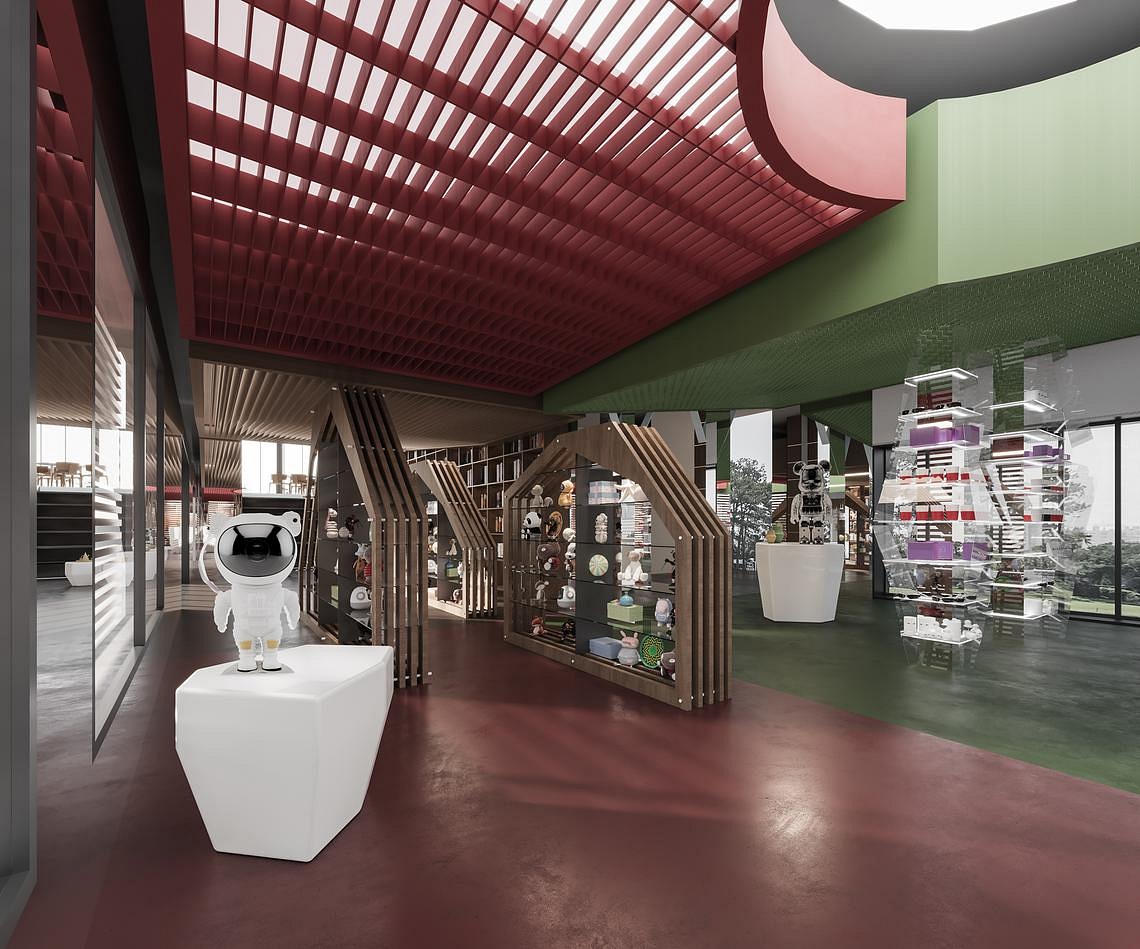
As the projects involve intangible cultural heritage, the selection process for foreign design partners is stringent.
Mr Ong has completed more than 40 major building projects across China, and is fluent in Mandarin as well as dialects like Hokkien and Cantonese.
He says he is able to work with Chinese officials who expect a high level of expertise, substantive pre-project research and design ideas rooted in the local context.
“My team and I managed to convince the developers to think outside the box and move from re-enacting a cultural centre’s activities to ‘re-creating’ the notion of a cultural hub,” says the 48-year-old, who leads a team of architects and engineers in Yunnan.
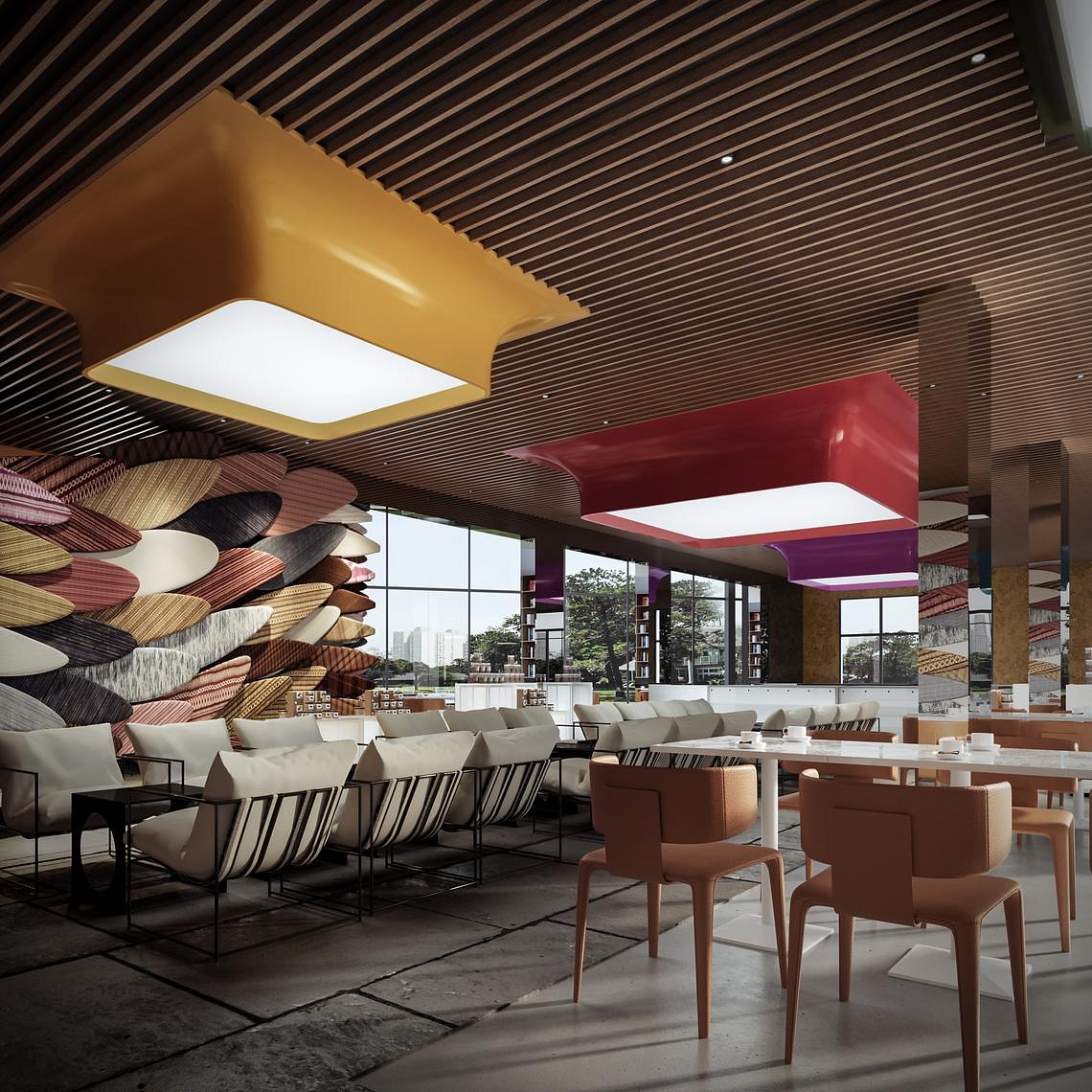
He is the author of two design books: Not A Story (2009), a monograph on conceptual and completed projects in architecture and interior design; and Injecting Architecture (2022), which focuses on how to transform space through urban design.
The Moso+ project consists of three village house plots which sit on a prime spot of the development.
The original single-storey houses were redeveloped into two-storey structures. The hub’s ultra-modern facade features glass panels and rammed earth, with interiors that have a modern palette and materials such as acrylic and steel.
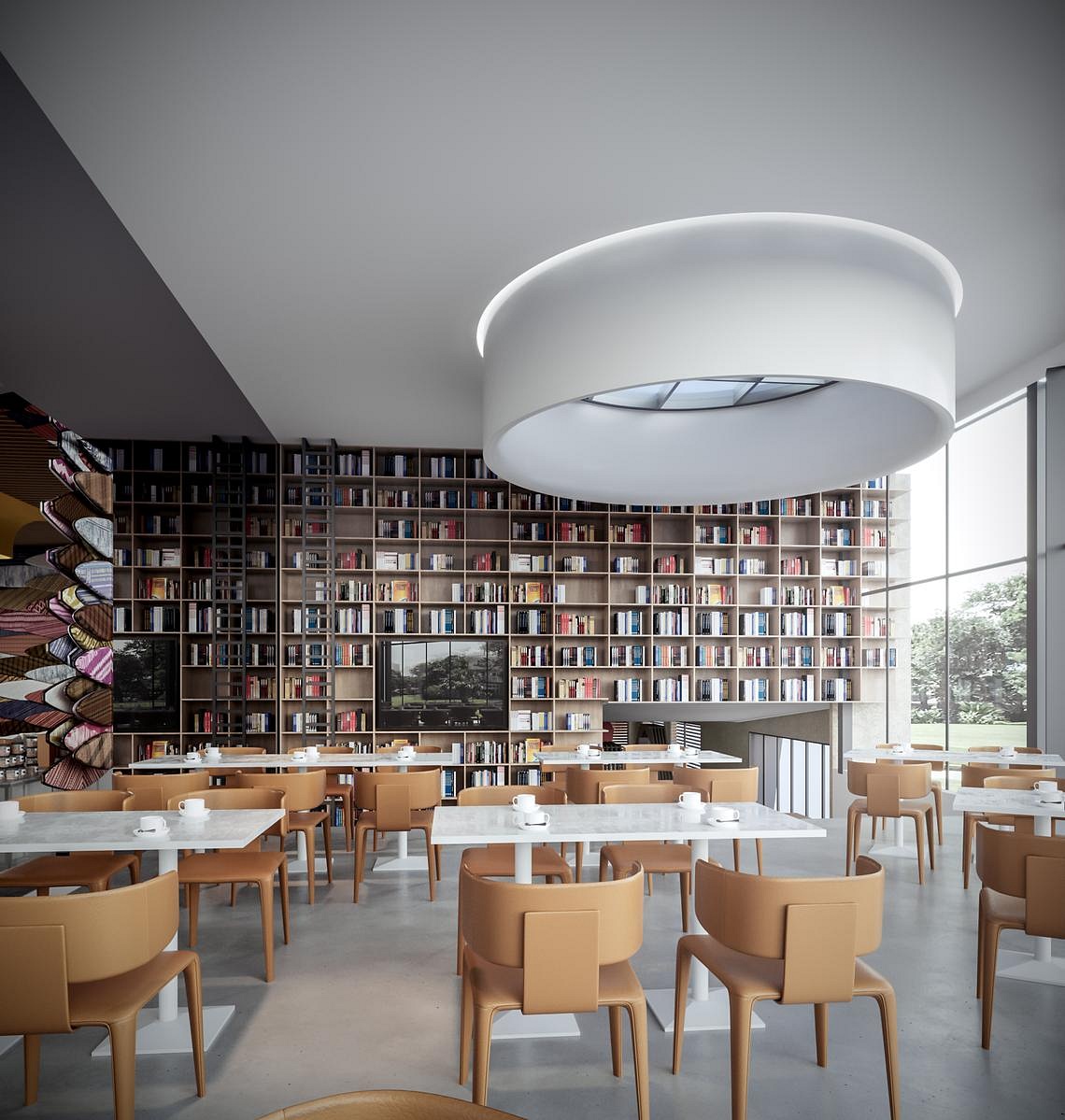
“By re-creating through design, conservation spaces such as the Moso+ Cultural Centre can remain rooted to their heritage while still displaying a contemporary look and feel that embraces the future,” says Mr Ong.
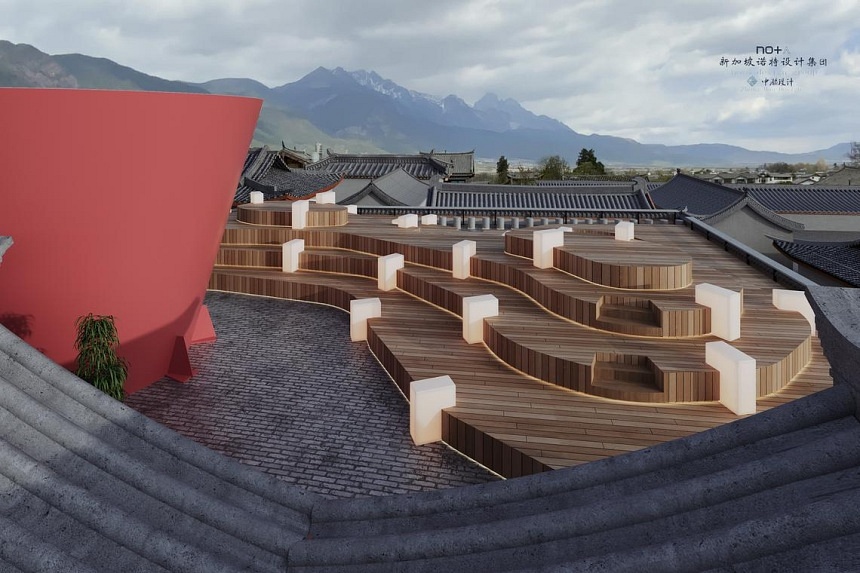
Not far from Moso+ is another of Mr Ong’s projects, the Social Bird Cafe in Lijiang city.
The 4,000 sq m project is envisioned as one of the largest in the world. The two-storey, L-shaped space was transformed from a row of connecting residential houses and sits in the middle of the town square.
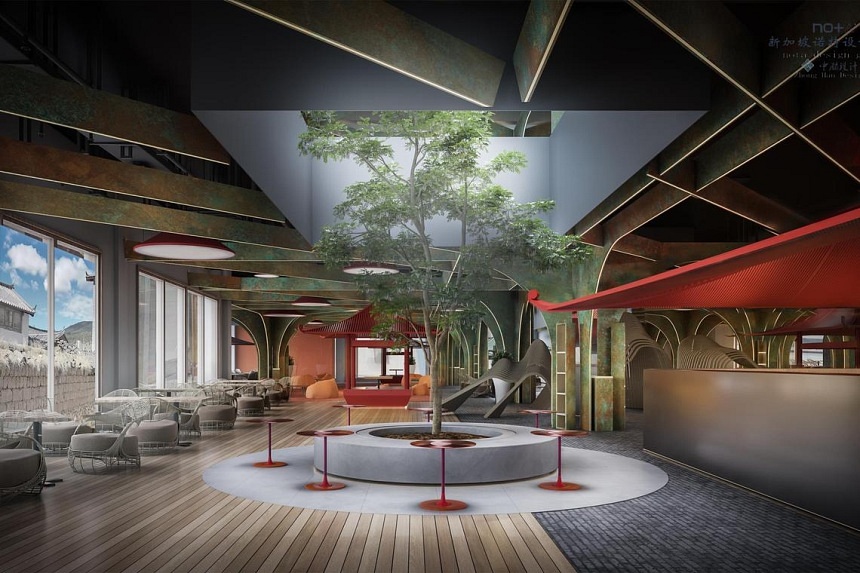
Mr Ong and his design team drew inspiration from a classic Chinese text – a literary fantasy called the Classic Of Mountains And Seas.
It is about mythical creatures such as dragons and phoenixes, but also provides insights into Chinese geography and folklore.
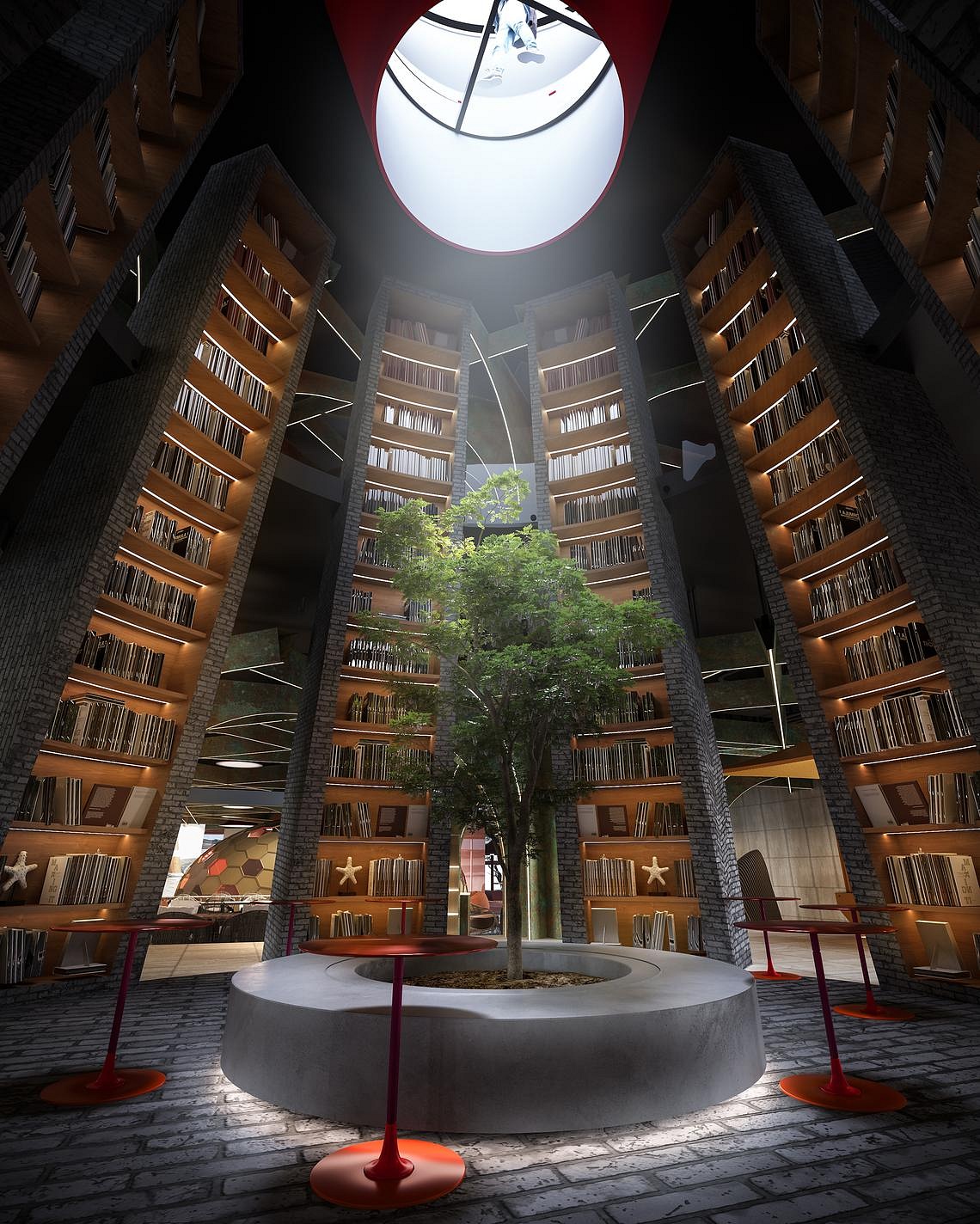
He says the intent of the design was to create a contemporary space that evokes a sense of “a reformed vernacular”.
He adds: “Users can enjoy modern living in Lijiang while getting glimpses of the town’s heritage in nooks and crannies.”
Weaving local cultures to craft a design narrative
Most of Ms Constance Tew’s overseas design projects are in countries with volatile economies.
The 48-year-old is a director of interior design at RSP Architects Planners and Engineers, one of Singapore’s oldest design practices.
Work may be put on hold and projects can be sold off abruptly. When a project reaches the construction phase, it may be delayed due to unforeseen political changes. This also affects payment, as foreign architects may be asked to meet certain construction milestones before getting paid.
Despite the challenges, Ms Tew has completed close to 10 projects in the past decade. They include Sovereign Bay freehold luxury serviced apartments and a condominium-cum-hotel in Johor Bahru, Malaysia, in 2015, and Orchard Residences in Kazakhstan in 2021.
She is excited about two ongoing projects that involve interior architecture.
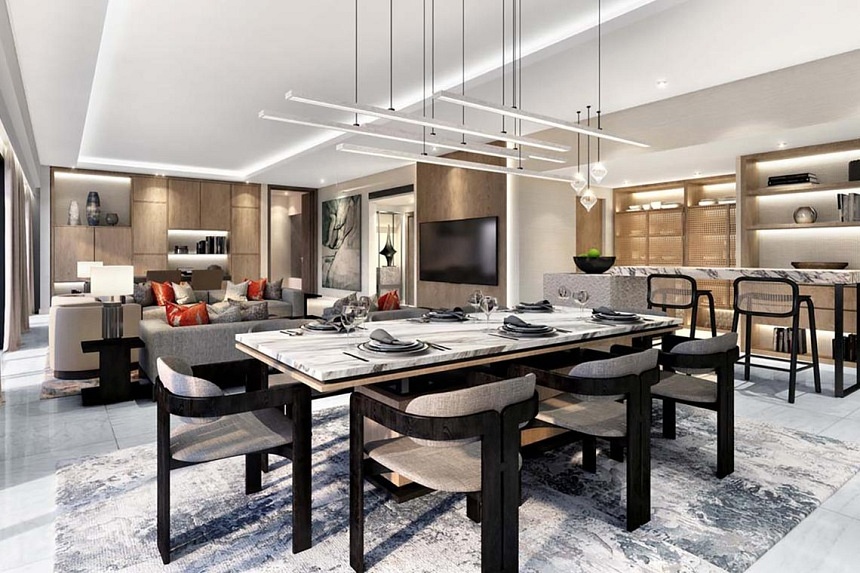
The first of these is the Miri Marriott Resort & Spa in Miri, Malaysia, which is expected to be completed in 2025.
The Miri Marriott is a property improvement project on the island of Borneo, where Ms Tew and her team are reimagining the interiors to create a fresh look for the hotel, which opened in 2005.
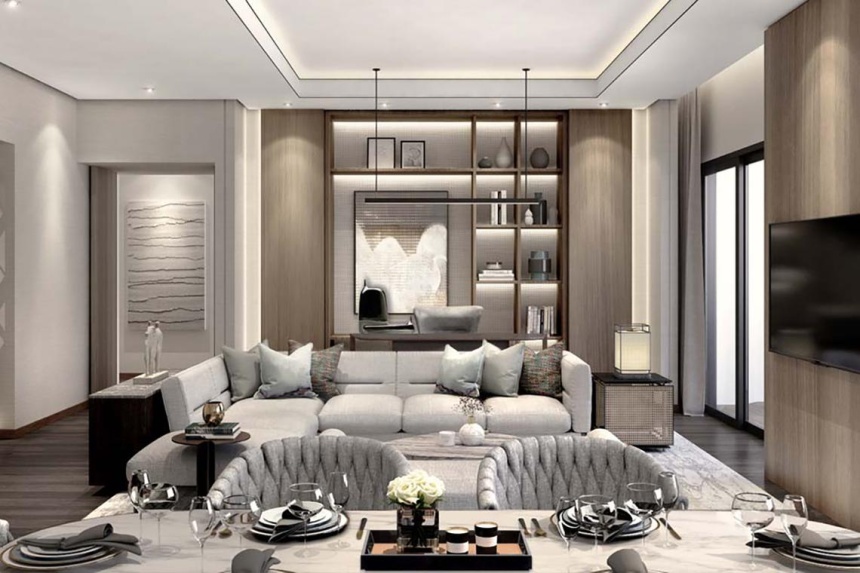
Ms Tew drew on her memories of Singapore’s melting pot of cultures to create the interiors for Miri Marriott.
She grew up seeing baskets being used daily at the market and finds the lattice-work inspiring. “I remember being served food in rattan baskets and taking part in Malay wedding celebrations featuring loud gongs and drums,” she says.

The second of Ms Tew and her team’s current projects is Binh An Village Resort in Vietnam’s Da Lat city. The project will be ready in about four years.
Binh An Village Resort’s developers, EmpireCity Vietnam, selected Ms Tew and her team in 2022 for their experience working in Vietnam.
At the time, the firm had just completed a clubhouse and was working on a super-penthouse in Ho Chi Minh City.

Ms Tew’s team was tasked with evoking a classic English country setting for the forest villa and a French-style aesthetic for the property’s lake villa.
Adding urban design sensibility to overseas projects
What local designers bring to overseas projects is a wealth of urban design sensibilities, says Ms Yeo Yih Hsiu.
She is the Singaporean director of boutique firm SCSY Studio, which specialises in crafting luxury hospitality and residential environments.
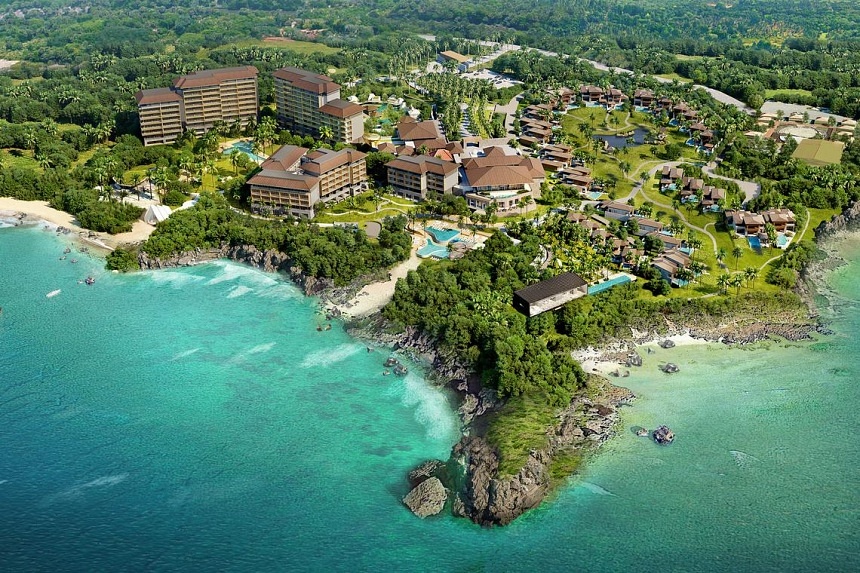
She and her team are working on the Four Seasons Okinawa project in Japan and the Penang Marriott Hotel in Malaysia.
Construction has started for Four Seasons Okinawa, which is expected to be completed in 2027. The Penang Marriott is expected to be launched in two to three years.
“We have an innate cosmopolitan and international design language because, for almost a decade, Singapore has been a Unesco Creative City of Design,” says Ms Yeo, 47.
She is referring to the country’s membership in 2015 in the United Nations Educational, Scientific and Cultural Organisation’s Creative Cities Network (UCCN).
It was designated as a Creative City of Design in recognition of its world-class contributions to urban design.
“Singapore designers have a sensitivity to detail and scale, an openness to other cultures and a no-nonsense work attitude, which are appreciated by foreign project partners,” says Ms Yeo. She has nearly two decades of experience in master planning, hospitality and residential projects, and has completed hotel and mixed-use urban projects in Asia.
SCSY Studio was founded by Mr Chris Singer, Ms Prasasti Chenchin, Mr Manish Singh and Ms Yeo in 2014. The firm has designed more than 70 major projects overseas since its inception. Its team comprises about 20 architects, engineers and interior designers.
For the Four Seasons hotel in Okinawa, Ms Yeo says the design was inspired by the site so that when the final product is unveiled, it will sit well with its environment.

The 250-key hotel features 28 luxury villas located near the beachfront Onna Village, which has panoramic views of the East China Sea.
The team decided that the arrival experience would be heightened if the lobby building were raised on a stone base. This feature pays homage to the design of Okinawa’s Unesco World Heritage Site Shuri Castle, which was built in the 13th century and was once a centre of politics, diplomacy and culture.
“The raised platform allows us to design a large indoor pool underneath, which is important for Okinawa, as it has to contend with multiple typhoons annually.”
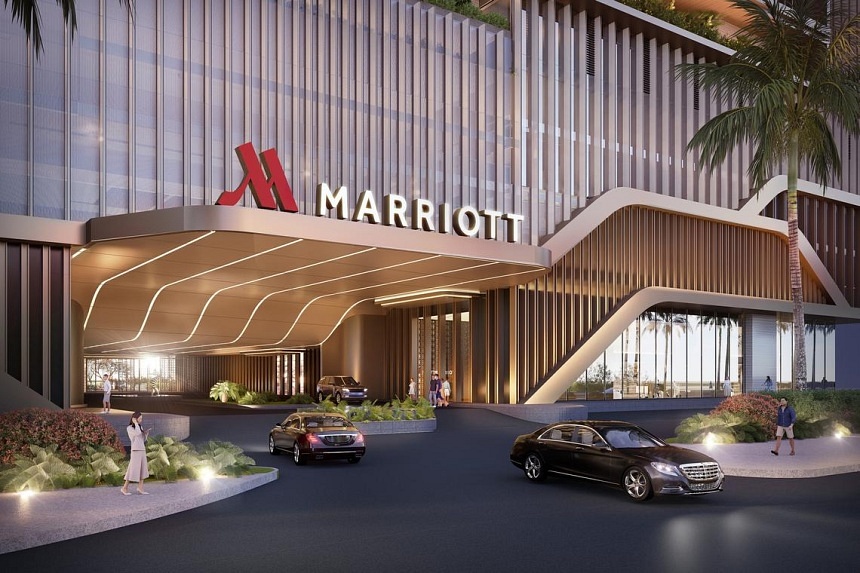
For the Penang Marriott, Ms Yeo kept the design language ultra-modern and clean, like many buildings in Singapore.
The development was complex, as it had four components squeezed into one plot – the hotel, Marriott Serviced Apartments, a condominium and an office tower.

“What we brought to the design was the rigour of clear organisation of the different components. We created a central drop-off and arrival point and the introduction of a double-helix carpark ramp, which was compact and yet allowed for the clear segregation of vehicles,” she says.
“The organisation of the Marriott buildings and regulating of pedestrian flows, coupled with lush landscaping, are also features of many Singapore buildings.”


